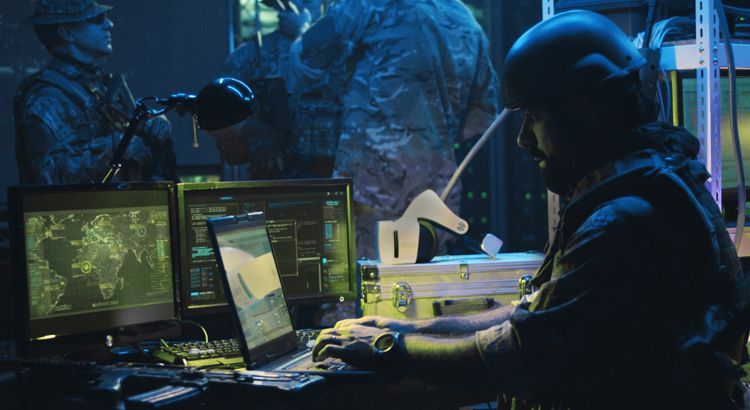
Deploying commercial technologies quickly to keep up with the speed of threats
Leadership Team
July 18, 2018
At the end of last year, I had the privilege of attending the Reagan National Defense Forum in Simi Valley, CA. One of the topics that caught my attention was around the DoD’s new modernization strategy and how it would build off the upcoming National Defense Strategy to align DoD labs and innovation centers. According to Ellen Lord, Under Secretary of Defense for Acquisition, Technology and Logistics (AT&L), the goal is, in this time of constrained budgets, “…to have a very tight strategy that makes choices and makes sure we are taking all of our resources, all of our funding and aligning those.”
Basically, the end game is about deploying innovation more quickly to keep up with the speed at which threats are evolving. How do we take the rapidly advancing commercial technologies and transform them into much-needed capabilities for our warfighters? The cycle time – how long it takes from identification to fielding a solution for a need – takes way too long. To address this, Mercury has pioneered a next-generation business model for defense electronics. We leverage and build upon other high-technology firms substantial R&D investments. Mercury alone invests 13% of its revenue annually on internally funded innovation. We typically operate under firm fixed-price contracts with a major focus on efficiency and best value. Also, given the needs of the defense industry we emphasize ruggedization, security, trusted manufacturing and longevity of supply.
If you’d like to learn more about this topic, take a read of our latest whitepaper, “A Next Generation Business Model: Bridging The Gap In Support Of The Defense Industry.” -Mark Aslett, President & CEO







 Enabling a Trusted Domestic Microelectronics Ecosystem
Enabling a Trusted Domestic Microelectronics Ecosystem